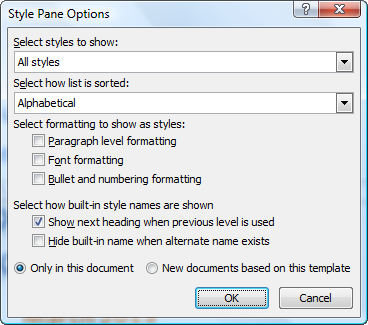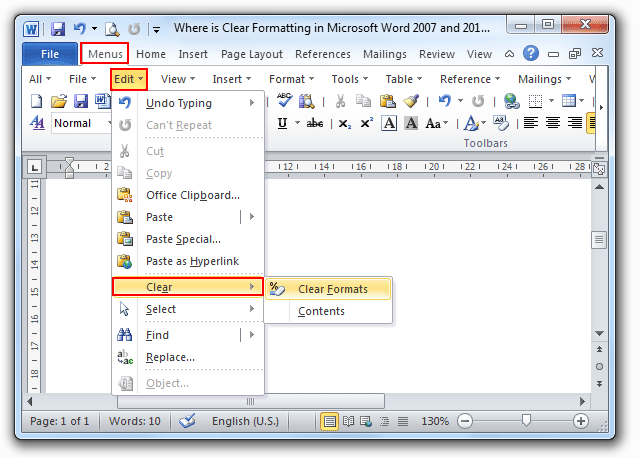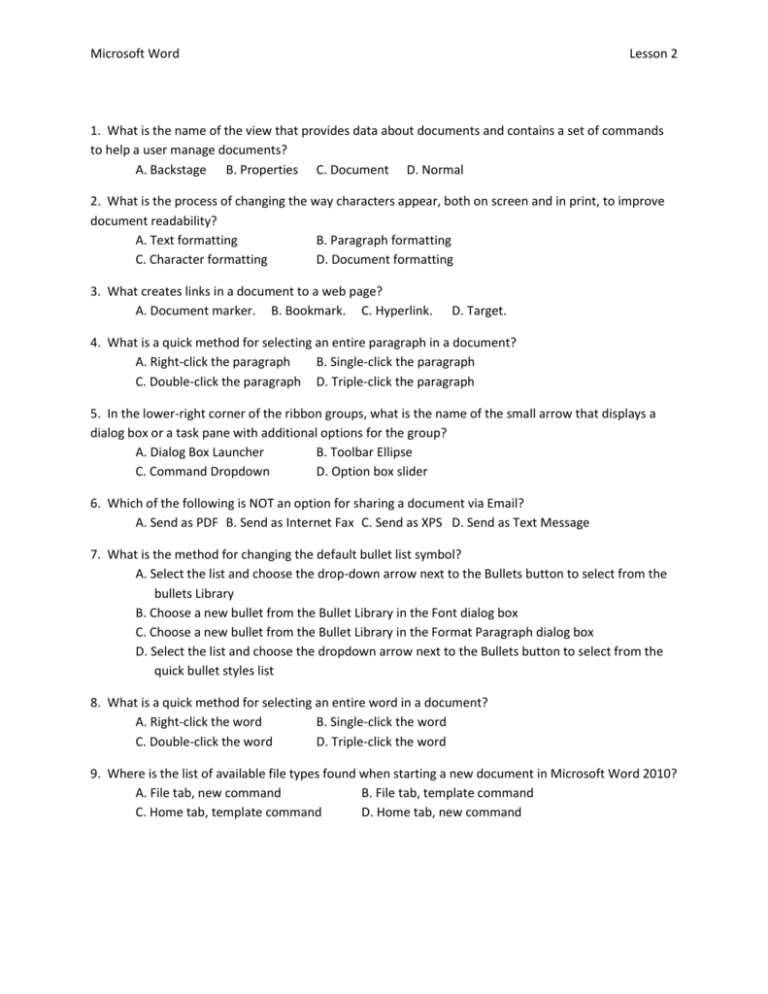

This is an example of text that is aligned to the left. You can either do one of these things to a portion of text or to the entire document. (see the picture below.) By selecting the text and clicking on this button, it will remove all formatting done to the text and leave you with the default font and font size for the document.Īs with all word processing programs, you can either left, right, center or justify your text. It's located to the right of the two uppercase A's that allow you to increase or decrease font size. To clear formatting within a document or a specified portion of text, simply select the text, then click on the 'As' with the eraser beside it. Simply select the portion of text you want to highlight, click the button, and select the color of highlight that you want to apply. To the left of the font color button, you'll see a lowercase 'ab' with a marker near it. Select your text, then click on the button to choose the color you want to apply to the selected text. Look for the uppercase A with a black bar under it as pictured below. Font ColorĬhanging the font color is as simple as changing the font. You can change from lowercase to uppercase or vice versa, toggle tHe CaSe, or select other common capitalizations. The uppercase A and lowercase A that are situated side by side allow you to change the case of selected text. This makes creating footnotes easier than it had been with previous versions of Word. X 2 is just the opposite, putting smaller text above the text line. This simply puts smaller text below the text line of the normal text. Next to the strikethrough command, you'll see 'X 2'. When clicking on this button, it will put a line through any text you have selected.

Next to the commands for boldfaced, italics, and underline, you'll see an 'abc' with a line through it. To add italics, boldfaced, or underlining to any portion of a text within a document, select the desired text, then click the appropriate button (B for boldfaced, I for italic, or U for underline.) On the other hand, clicking the smaller A will decrease the font size by one for each time it's clicked. Pushing the larger A will increase your font size by one for each time it's clicked. You can also use the two uppercase A's beside the font size box to change the size of fonts you're currently using. You can change an entire document or just a portion. To change the size of the font, simply select the text that you want to change, then select the new font size. Once again, you can use the down arrow key to either enlarge or reduce the font size. Using the picture above, the font size is 11. Next to the type of font under the Home tab is a box that states the size of font currently being used. By clicking on this arrow, you can also alter character spacing. Note: You can also do all font formatting by selecting the arrow key beside the word Font at the bottom of the section. To change the type of font within a document or for the entire document, simply select the text to be formatted, then select your new font. You can click on the arrow in that window to display other types of font available to use. In the picture above, the current type of font is Calibiri. Simply highlight the text you wish to unformat, and select the clear all formatting button.The type of font you're currently using will appear. The Clear All Formatting button is situated in different areas of the Office 365 apps. Strictly speaking, switching to the paragraph and character style settings only. Use the Clear All Formatting button to revert to normal, unformatted text. For example, if you copy text from another document, website or email – the pasted version will also include all formatting from the previous source.įormatting can include underline, bold, subscript and superscript, italic, color, and more.

Users can waste a lot of time trying to change the formatting to match their own style. The formatting styles in your text can be easily restored to their default settings by clearing all formatting.

There are several ways to clear the additional formatting and return to original settings. Sometimes text formatting can get confusing in Word, PowerPoint, Outlook, Publisher and OneNote.


 0 kommentar(er)
0 kommentar(er)
